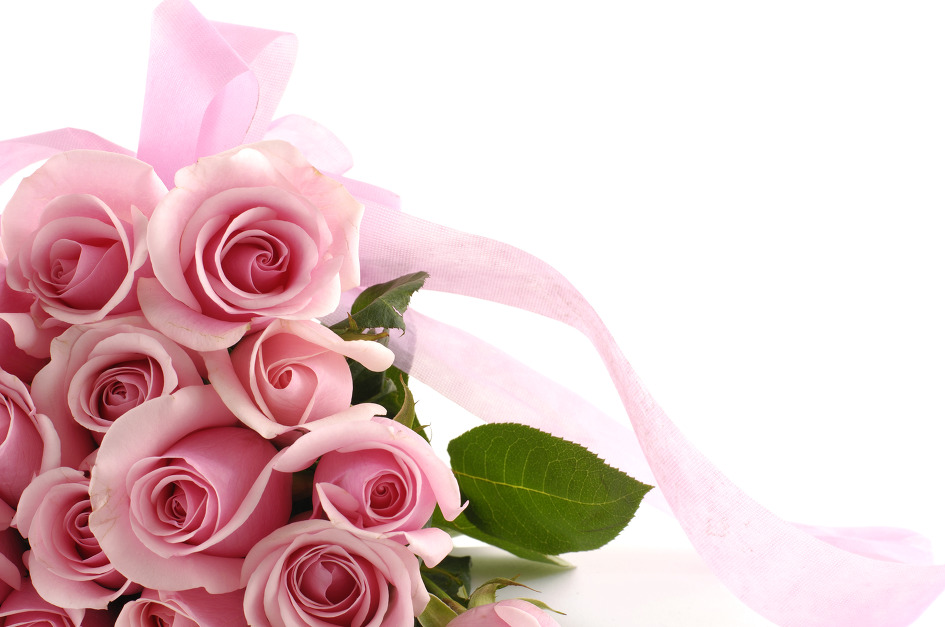Plumeria
Hanbat Arboretum Tropical Garden
"플루메리아(Plumeria)"는 프랑스 식물학자 "Charles Plumier"의 이름을 따서 "플루메리아(Plumeria)"라고 이름 지어졌다고 한다.
"플루메리아(Plumeria)"는 쌍떡잎식물 용담목 협죽도과 플루메리아속 식물의 총칭이다.
낙엽관목, 상록교목, 관목으로 열대 아메리카 원산지이며 종류가 많으나 그 중에서 몇 종이 관상용으로 재배된다.
인도에서는 묘지나 경내에 흔히 심고, 하와이에서는 "레이"라고 불리우는 화환을 만드는데 쓰인다.
하와이에서는 "플루메리아(Plumeria)"를 "Love Hawaii" 혹은 "Love Jasmin"이라고 부른다.
대표종인 붉은꽃 플루메리아(P. rubra)는 높이 4~9m 이고, 잎은 어긋나고 긴 타원형이며 길이 30cm 내외이다.
꽃은 깔때기 모양이고, 5개로 갈라지며지름 5cm 정도이다. 향기가 아주 강하고 연중 꽃이 핀다. 꽃빛깔은 연한 홍색에서 붉은색까지 있으며 건조기에 잎이 떨어지지만
온실에서 재배하는 것은연중 핀다. 멕시코, 베네주엘라, 서인도가 원산지이다. 노란색 꽃이 피는 "플루메리아 오브투사(Plumeria Obtusa)"는 멕시코 원산이고,
흰색꽃이 피는 흰꽃 플루메리아(P. alba)"는 서인도제도가 원산지이다.
Originating in the New World tropics, from southern Mexico to northern South
America and the West Indians, Plumeria is now found in all Tropical countries.
often in new varieties unknown to its native habitat. It belongs to unknown to
its native habitat. It belongs to the same family as the Oleander, Periwinkle,
and Allamanda, and was named after Chaleds Plumier(1646~1706), a French botanist
who made several voyages to the Caribean area in the 17th century.
(The genus name was originally spelled Plumie).
The decorative tree, which ranges in size from small to several metres, has acquired an
unusually large number of popular names; Dead man's Finger (Austrilia), Jasmin de
Cayenne (Brazil), Pagoda or Temple Tree (India), and Amapola (Venezuela).
Two explanations have been given for the most comon name.
Frangipani; according to one it was inspired by an Italian perfume, created several
centuries before the discovery of the Western Hemisphere ; the other claims it was
because the thick white sap that flowers when the tree is cut reminded French settlers in
the West Indies of "frangipanier", or coagulated milk.
It has an equally rich variety of cultural associations.
The fragrant, five-petalled flowers are used by both Buddhists and Hidus as temple
offerings and, in Hawaii, to make ceremonial leis presented on special occasions.
In Malaysia and Indonesia the tree is often planted in Muslim cemeteries and is also
a feature of most Buddhist monastery gardens. Traditional Thais are reluctant to use
it in private gardens, not for its religious associations but because the local name,
Lantom, is similar to the world for "sorrow", though this superstition seems to be fading.
A 1938 study listed seven distinct species of Plumeria a more recent one reduces
the number to four. The most widely cultivated is P. rubra, from which countless
popular garden varieties have been created. with flowers that may be white, pink,
yellow, red, or in "rainbow" ocmbinations. P. obutsa sometimes caled singapore Plumeria,
with intensely fragrant white flowers, has also been extensively hybridized and includes
dwarf, shrubby forms as well as large trees.
Plumeria Pink
Characteristically, Plumeria is multi branched and has dense foliage tha t occurs at
the ends of the branches' young wood is green and soft, later turning grey and harder.
These are among the easiest of tropical trees to propagate, especially from cuttings,
which no doubt explains their rapid spread on the ships of early explorers.
Even a sizeable, wellbranched cuttings up to 2 metres long will rot readily, though
smaller tip cuttings are generally used. In a garden, the tree prefers full sun and
good drainage ut will grow in semi-shade. Except for P. obtusa and some of its varieties,
which are mainly evergreen most species of Plumeria have a dormant period during which
growth stops, flowering is less profuse and the leaves tend to fall.
Hawaian's Lei
21340
'Botanic Garden' 카테고리의 다른 글
| 무사시에, 고품질 직물을 위한 섬유의 원천 식물 (0) | 2013.02.04 |
|---|---|
| 빈카로시아, 인도에서 약용식물로 재배해온 꽃 (0) | 2013.02.03 |
| 오스만투스, 부드럽고 매혹적인 향기 (0) | 2013.01.31 |
| 팔레놉시스, 나비 모양의 화려한 꽃 (0) | 2013.01.29 |
| 반다, 비오는 날을 좋아하는 습지 식물 (0) | 2013.01.28 |










